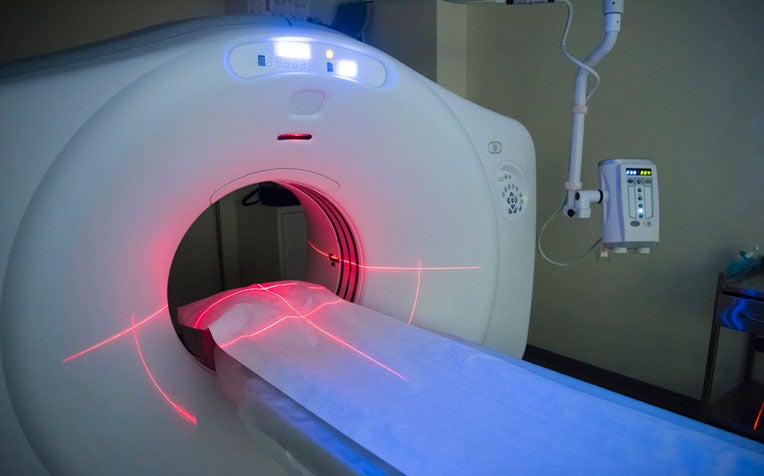HealthXchange will NEVER ask you to transfer money over a call. If in doubt, call the 24/7 ScamShield helpline at 1799, or visit the ScamShield website at www.scamshield.gov.sg.

CT scans help give doctors a clearer picture of your body.
What is a Computed Tomography (CT) scan?
Your doctor may request a Computed Tomography (CT) scan which provides detailed images of the inside of your body so that a medical condition may be diagnosed or ruled out.
A CT scan is a medical imaging procedure that uses X-rays and computer technology to capture detailed views of internal organs, blood vessels as well as muscles and bones.
“Some people worry about the amount of radiation associated with a CT scan. Although CT scans involve higher levels of radiation than standard X-rays, the radiation doses remain low and the benefits far outweigh the risks,” says Dr Albert Low Su Chong, Senior Consultant, Department of Diagnostic Radiology, Singapore General Hospital (SGH), a member of the SingHealth group.
The human body absorbs about three millisieverts of environmental radiation every year. By comparison, a CT scan of the head will deliver an average of one to two millisieverts of radiation.
Recent advances in scanner technology have enabled diagnostic radiologists to lower radiation doses in CT scans without compromising image quality, adds Dr Low.
SGH was one of nine medical institutions worldwide which received the Siemens’ Right Dose Excellence Award for low-dose imaging at the Radiological Society of North America meeting in December 2013.
Benefits of a CT scan
Common CT scans include head scans, chest, abdominal and pelvic scans. A CT scan allows doctors to accurately:
- Locate a blood clot, tumour, swelling or infection
- Detect any internal bleeding or injury
- Guide other medical procedures such as biopsy and minimally invasive therapy
Because of the small risk of radiation harming the unborn child, CT scans are usually not recommended for pregnant women.
Read on to learn what happens during a CT scan.
Ref: R14
Public Events
Get the Health Buddy App
© 2025 SingHealth Group. All Rights Reserved.













 Get it on Google Play
Get it on Google Play